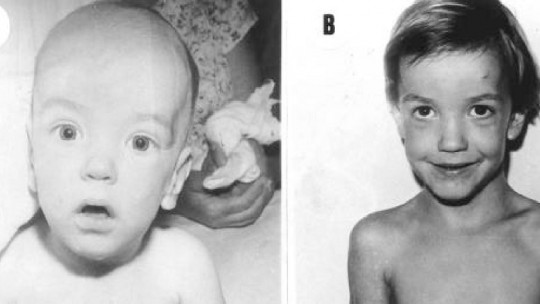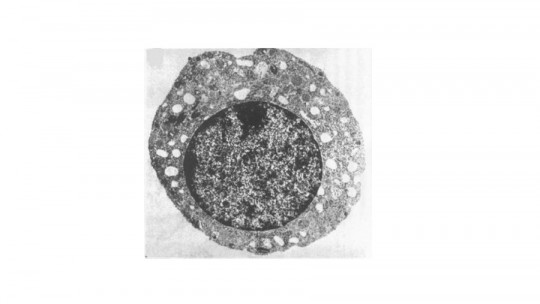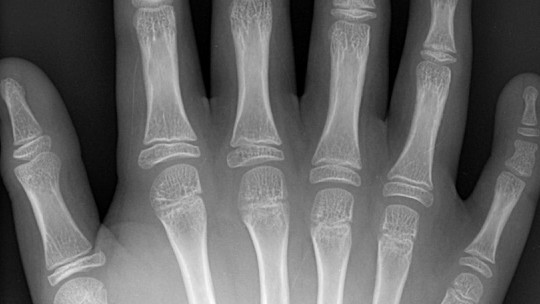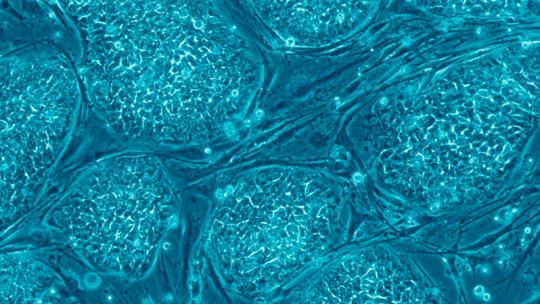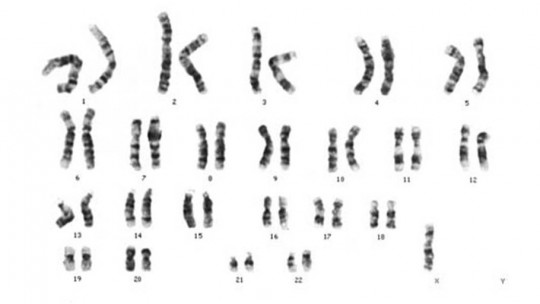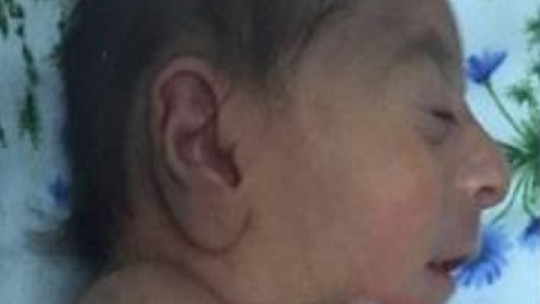Children with a bone age 2, 3 or even 4 years older than their chronological age, large hands and feet, problems with sucking and some problems in their cognitive, social and motor development.
These are the main characteristics of Sotos syndrome, a medical condition of genetic origin which is quite common in the population although it is not well known.
People who suffer from it end up developing in a more or less normal way, although at the wrong time. Below we will discover more about this strange but, at the same time, common syndrome.
What is Sotos syndrome?
Sotos syndrome is a medical condition of genetic origin that is characterized by excessive intrauterine or postnatal growth, accompanied by delays in motor, cognitive and social development Children who have this syndrome are significantly larger than expected at their age, although with weight commensurate with their height. In addition, newborns show excessive growth in the bones, hands and feet and some characteristic facial features.
Unlike many genetic diseases, Sotos syndrome may not be evident at birth, taking months or even years to be properly diagnosed. As they approach adolescence, people who suffer from it move closer to a development that is closer to normal, and in adulthood they may have intellectual, behavioral and motor capacity appropriate for their social environment.
This syndrome It is named after Dr. Juan Sotos in 1964, a specialist in pediatric endocrinology who described 5 children with learning problems, overgrowth and characteristic appearance, calling it for the first time cerebral gigantism. However, not all the credit is attributable to Sotos, since in 1931 Dr. Bernard Schelensinger described a patient whose symptoms were consistent with this syndrome, being the first known description of the syndrome.
Apparently, It is one of the most common overgrowth syndromes Although the true incidence has not been able to be assessed, it is estimated that between 1 in 10,000 or 50,000 live births have this syndrome, although the safest estimate is 1 in 14,000 births. It is probably the second most common overgrowth syndrome, after Beckwith Wiedemann syndrome.
Causes
All the exact causes of the syndrome are unknown, but It is clear that its origin is genetic, being an autosomal dominant inheritance
In 2002 it was discovered that on chromosome 5, mutations and deletions in its NSD1 gene could be behind Sotos syndrome (5q35 deletion). This gene is a histone methyltransferase involved in transcriptional regulation. About at least 75% of Sotos cases present this genetic alteration.
Syndrome characteristics
There are several characteristics that define this syndrome. The main symptom is fairly rapid growth during the first 5 years of life, in addition to having an advanced bone age The children have a size and weight consistent with children 2 or 3 years older than them. Once they reach the age of 10, children with Sotos syndrome have a height typical of 14 or 15-year-old adolescents, reaching the height of an adult much earlier than expected.
At the time of birth it can be seen the presence of a highly arched palate , which causes the baby to have difficulty sucking and this causes feeding problems, which can lead to jaundice. Their head is usually large, presenting macrocephaly, a prominent forehead and chin. They may also present dolichocephaly, that is, an elongated skull. This is due to the exaggerated increase in brain tissue, which causes retention of cerebrospinal fluid in the ventricles.
The forehead is domed, and they may present ocular hypertelorism, that is, the eyes are very far apart There are palpebral fissures, that is, folds are formed by the downward inclination of the eyelids. The nasal bridge is flat, and the nose is anteverted. The cheeks and nose are rosy. The ears are protruding and large, and the hairline is receding. Teeth develop prematurely, consistent with their overgrowth.
They have disproportionately large hands and feet compared to the rest of the body, in addition to having flat or collapsed feet. Your spine may tend to suffer deviations that, if chronic, will lead to scoliosis. All this is accompanied by muscle hypotonia , leading to motor delays and difficulty in movement. This also affects the face, since the tone of the facial muscles is low, producing prolonged drooling and they have to breathe through the mouth.
People with Sotos syndrome usually present symptoms of restlessness, hyperactivity and aggressiveness. In addition, intellectual disability may occur, although in a very variable way, aggravated by difficulties in language development. It should be said that language problems are due to the arched roof of the palate. Be that as it may, all these psychological characteristics make integration into different social environments difficult.
Although the person may have problems during the first years of their life, the differences with respect to people without the syndrome begin to reduce when they reach pre-adolescence. Muscle tone improves, which makes swallowing and speaking easier, in addition to motor, cognitive and social delays being reduced to the point of disappearance in many cases. That is why Many consider Sotos syndrome to be a simple developmental timing disorder rather than a type of disability
There are other traits that are also related to the syndrome, although they are less common. These include dysfunctional behavior patterns, phobias, obsessions, aggression, and adherence to routine. There are cases of children who have a high memory capacity and autistic behavior, similar to Asperger’s, as well as hyperactivity.
There seems to be a greater sensitivity to ear infections, respiratory problems such as asthma and allergies, as well as a greater risk of developing tumors and seizures. There may be delays in sphincter control and cardiac abnormalities, directly related to muscle hypotonia.
Diagnosis
A fundamental aspect in the diagnosis of Sotos syndrome is to ensure that an adequate differential diagnosis is made, ensuring that it does not involve others with similar characteristics. Among the diseases that can be confused with this syndrome we have Fragile X syndrome, Weaver syndrome and Marfan syndrome, very similar to Sotos syndrome but with more serious long-term consequences.
There are no specific tests for its diagnosis, which is based mainly on the recognition of physical features However, different tests can be used to confirm the diagnosis. X-rays can be used on the hand and wrist to determine the maturity of the bones, detecting an advance of 2 or 3 years. Computed axial tomography (CAT) of the brain allows us to see if the ventricles are abnormally large.
Other tests, to rule out other possible causes of the clinical picture, are hormonal measurements and performing a karyotype , that is, a study of the patient’s chromosomes. If the alteration in the NSD1 gene is detected, it can be ensured that it is a case of Sotos syndrome. Currently it is not possible to make a diagnosis before birth.
Treatment
The treatment of Sotos syndrome is directed towards make the social, cognitive and motor development of the child who suffers from it as close to normal as possible Thus, many techniques are applied to facilitate the child’s development in a relatively normal way, such as early stimulation, occupational therapy, physical therapy, speech therapy and physical education. In a structured environment, the child is able to practice necessary skills without too many distractions.
As we have mentioned, these children may present behavioral problems, such as restlessness, aggression and hyperactivity. This hinders their ability to concentrate and hinders learning, for this reason, and given that the origin of these symptoms is biological, pharmacological treatment is usually used. Among the most used drugs we have methylphenidate hydrochloride, which is also used in ADHD.

